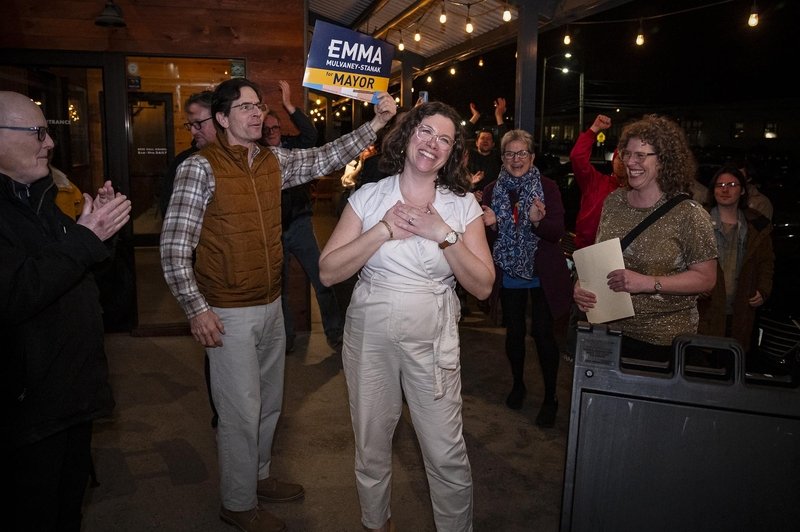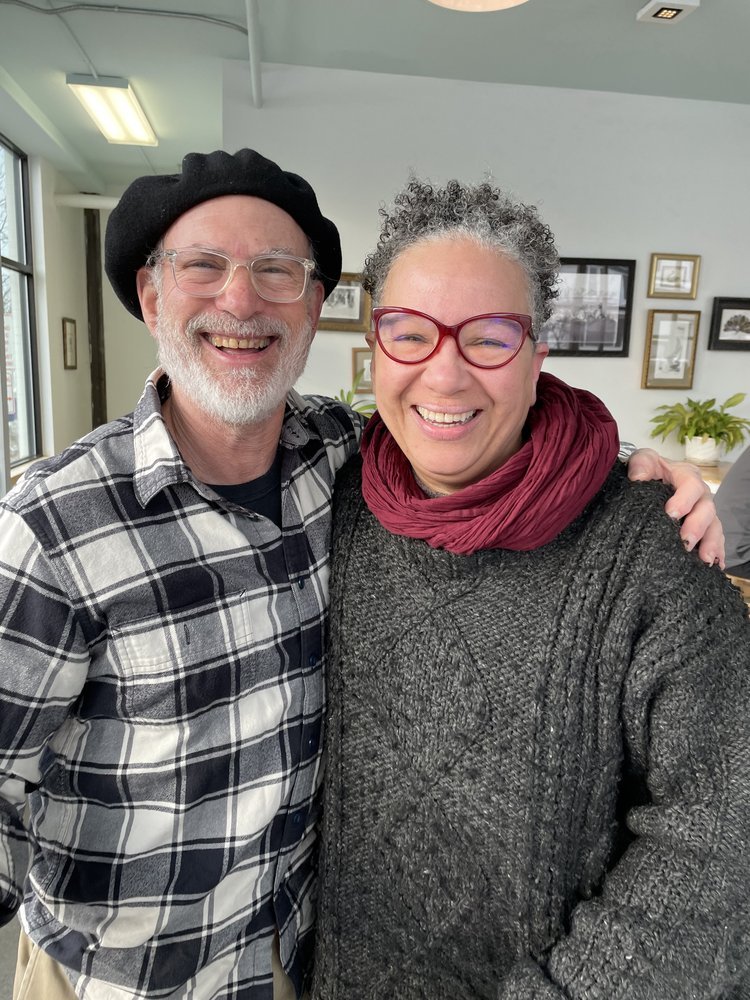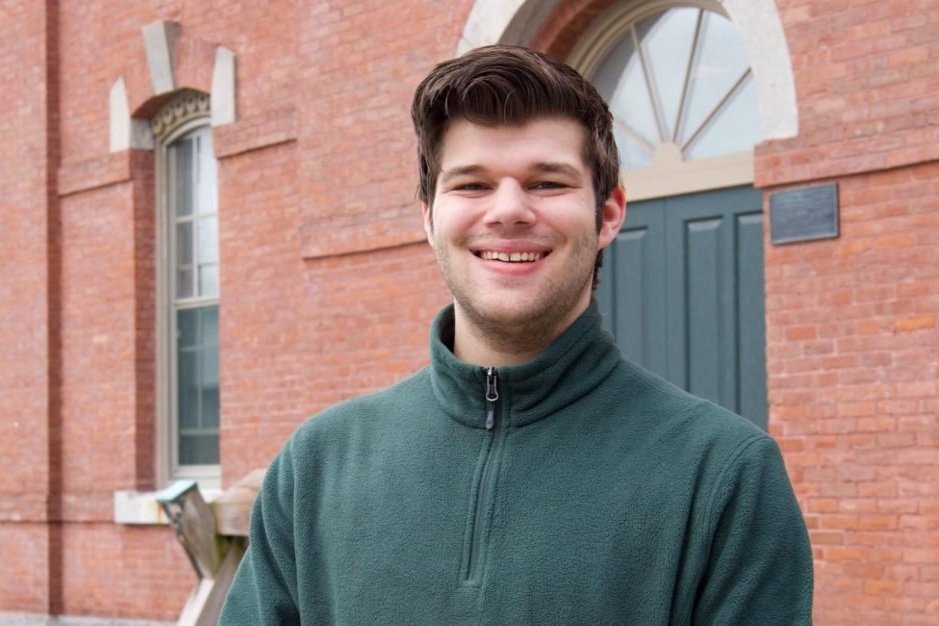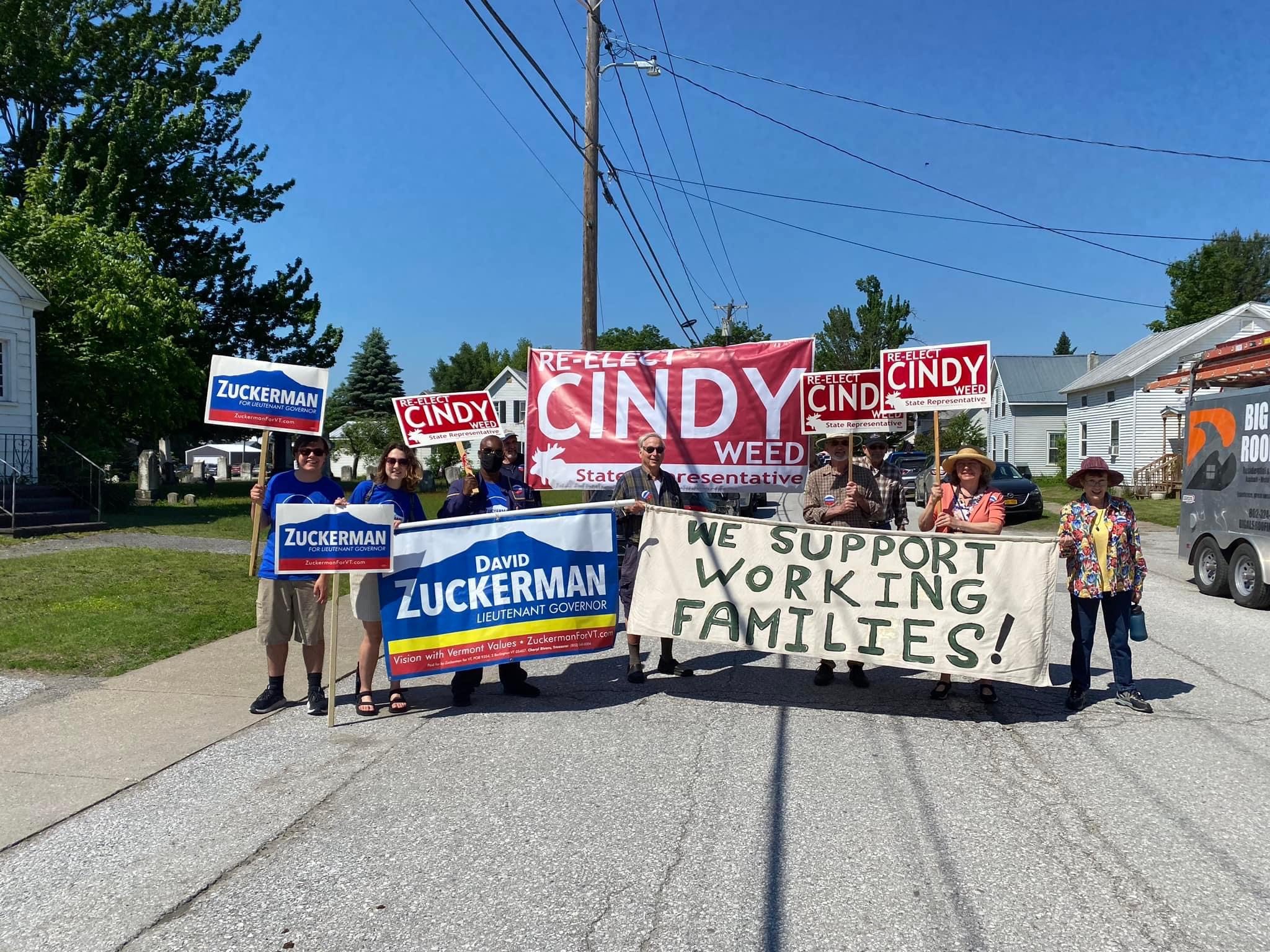The Progressive Party and the Vermont Story
The Only Major Statewide Third Party Movement in Modern America
Let it Roar Like the Flood: The 1980s
Following a string of defeats as a protest candidate in the 1970s, in 1981, Bernard Sanders of Brooklyn, NY rose to the office of Mayor of Burlington, the state's largest city, on the back of frustration with a two party system in Burlington that largely ignored the needs of the city's working class. Sanders sought to agitate, not incorporate, and ran as a proud independent.
On the same night of Sanders’ shock victory, a left-wing third-party candidate Terry Boricious of the Citizens Party, won a hard-fought victory in a progressive ward for alderman.
Sanders would have one ally. But he needed many more. Out of that necessity, the Progressive Coalition organized around Sanders, a party developed to push back on the “Republicrat” agenda of the two major parties and uplift Sanders' message of a political revolution.
Sanders would begin the 1980s with no tangible power and many defeats under his belt. He would end the decade as a popular mayor, a multi-term incumbent, and an outsider about to break into the U.S. House of Representatives.
A New Guard: The 1990s
Following Sanders’ ascension to the U.S. House, the 1990s would see the growth of the Progressive Coalition into a force outside of just Sanders. True third-party infrastructure was beginning to develop.
The Coalition elected new mayor, Peter Clavelle, a Sanders acolyte, to 7 terms before handing the reins off in 2006 to another Progressive.
The state legislature scorned the new Progressives from Burlington but the 2-3 member caucus used their bargaining power to lobby for democracy reform, healthcare overhaul, and raising the minimum wage.
More than just a thorn-in-the-side of the Democratic establishment, the coalition had set down roots that extended past Sanders - though his leadership in the U.S. House remained essential. After decades of distrust and distaste with the two-party system, Vermonters demanded a new party.
The Party Goes Statewide: The 2000s
In the wake of a two decades of success at the local level and in the state legislature, likeminded progressives across the state united to found the Progressive Party in 1999, running their first statewide candidate, Anthony Pollina, in 2000 for Governor.
Pollina would fail to capture the governorship, but his efforts would galvanize the party and sprout a generation of dedicated activists who demanded a change in the status quo. Countless more runs would follow at the statewide level from a party that wasn’t afraid to run against both Democrats and Republicans.
Despite countless attempts by the duopoly to down the party early in its history, it excelled. Progressives began winning in every corner of the state, emphasizing the demand for a true third option that prioritizes working people and rejects big money, corporate interests. As the Vermont Green Party was absorbed back into the Progressive Party by the end of the decade, there began a united front for change.
The party had proven it was here to stay - and ready to thrive.
Making History: The 2010s
As Progressives swept into offices across the state, they took the lead on key priorities that set a model for the nation. Every major measure - medical aid in dying, single-payer healthcare, marriage equality, and GMO labeling - was spearheaded by the bold third party and its leaders.
Among them was state rep, then state senator, and now incumbent Lieutenant Governor, David Zuckerman. A rising star in the party since its transition into the legislature during the 1990s, Zuckerman ran for LG in 2016 - the same year Bernie Sanders transformed America with his first run for president.
Sanders failed to capture the nomination, but Zuckerman was elected to the state’s second highest office, becoming the only statewide third-party elected official in the country.
It had become clear: Vermont was a launching point - a model for success - that could recreate results and elect multiple Progressives at the statewide level.
A Progressive Movement in Modern Vermont: The 2020s
Following the murder of George Floyd in 2020, Progressives in Vermont worked to take tangible steps for police reform.
In the aftermath of the Dobbs decision, Progressives helped lead the effort to guarantee abortion as a human right in the Vermont Constitution.
Following the brutal war and genocide we are seeing in Gaza right now, Progressives in Burlington acted rapidly to pass a ceasefire resolution that failed due to Democratic opposition. At the same time, Progressives on council pushed to allow Burlingtonians to vote on an apartheid-free community pledge. Due to Democratic opposition, that measure failed in 2024. In conjunction with organizers, Progressives are pushing again to get that pledge on our ballot in March 2025.
With this bold action and leadership, Progressives have continued building the movement that Bernie started. After 12 years of Democratic control of the mayorship, Emma Mulvaney-Stanak, a former chair of the statewide Progressive Party, became the first woman and first LGBTQ+ person to hold the mayorship of the state’s largest city.
With elections every year, Vermont is a state where the movement for change is always growing, changing, and in need of support. At Green Mountain Revolution PAC, we are working to honor, uplift, and continue the legacy of our progressive movement here in Vermont. We hope you join us.









